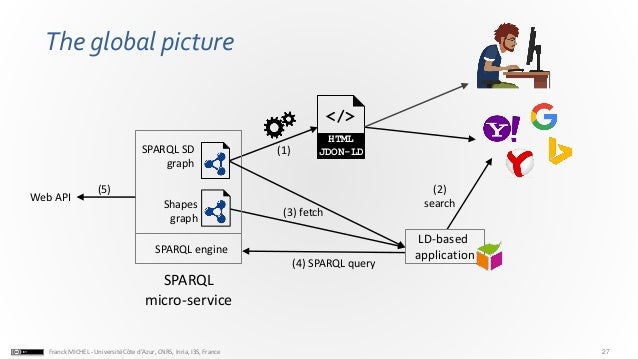The labelled solutions are: Core Vocabularies – common semantic building blocks that help public administrations describe key concepts (such as persons, organisations or locations) in a consistent way across borders and sectors. DCAT-AP – a common specification that makes data catalogues interoperable and helps make public sector data easier to discover and reuse.
Two things labeled as interoperability solutions now. DCAT-AP and core vocabs. Odd as they're not 'solutions' but DCAT-AP is a standard. Risk of board repeating existing standardisation efforts?
